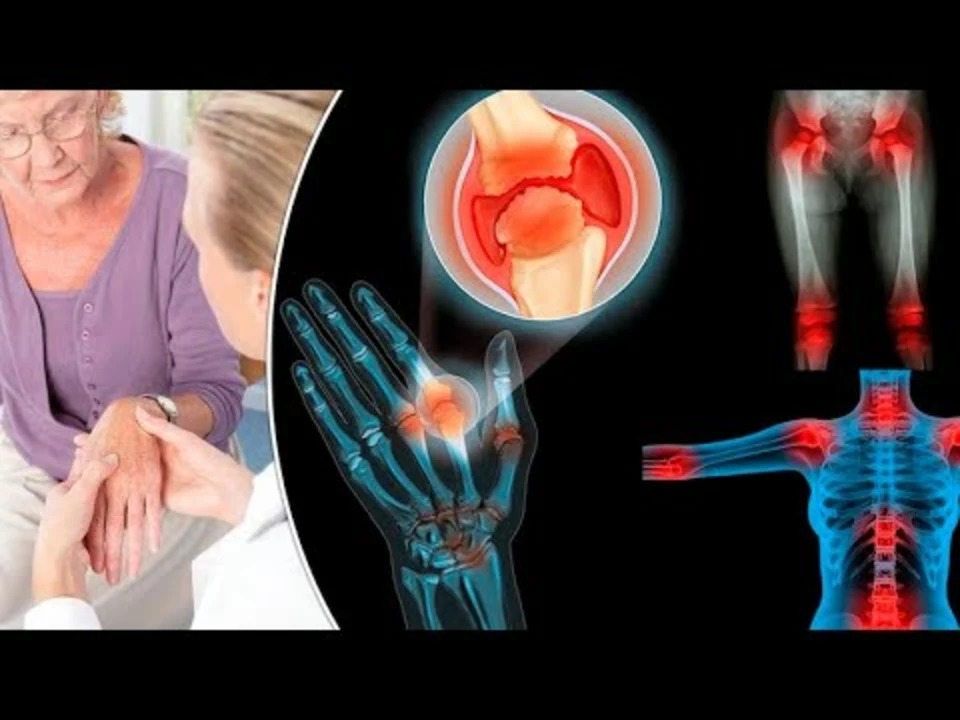Shingles: Symptoms, Treatment & Prevention
One in three people will get shingles in their lifetime. Shingles is a reactivation of the chickenpox virus (varicella-zoster) that hides in nerve cells. It usually shows up as painful, burning skin in a strip on one side of the body, and it can be surprising how quickly it starts and how intense the pain feels.
Recognize the symptoms fast
At first you might feel tingling, itching, numbness, or a sharp nerve pain in one area. A rash appears after a day or two, then turns into clusters of blisters that fill with fluid and break open. You may also have fever, headache, sensitivity to light, and tiredness. If the rash is on your face or near an eye, or if you have a weak immune system, treat it as an emergency.
Treatment, prevention, and practical tips
Start antiviral treatment within 72 hours of the rash if possible — drugs like acyclovir, valacyclovir, or famciclovir shorten the illness and lower the chance of long-term nerve pain. For pain relief use acetaminophen or ibuprofen, cool compresses, loose clothing, and topical products like lidocaine patches or calamine for itching. If pain persists after the rash heals, ask about nerve pain medicines such as gabapentin or pregabalin.
The Shingrix vaccine is the best way to prevent shingles. It’s given in two doses, normally two to six months apart, and prevents most cases in older adults. Even if you had chickenpox or already had shingles, the shot reduces your risk of another episode and the most painful complications.
At home, keep the rash clean and dry. Wash with mild soap, avoid rubbing, and let blisters crust over before returning to close contact with people who never had chickenpox, newborns, pregnant women, or anyone with a weak immune system. Avoid scratching; trimmed nails and loose clothes help reduce infection risk.
Doctors usually diagnose shingles by looking at the rash and asking about your symptoms. If the rash looks odd or the diagnosis is uncertain, your provider may swab a blister or order a PCR test to confirm the varicella-zoster virus. Most shingles rashes crust over in about 7 to 10 days and clear in two to four weeks, though pain can last longer. Some people get shingles more than once, especially if their immune system is weak. Vaccination and prompt treatment cut both how long the illness lasts and how bad the pain gets.
Watch for red flags: rash near the eye, spreading quickly, high fever, confusion, or weakness. Those signs need urgent medical care. Postherpetic neuralgia — long-lasting nerve pain after shingles — is the most common complication, and early antiviral treatment plus proper pain control lowers its chance.
If you think you have shingles, call your doctor now. Quick treatment matters. If you’re over 50 or have health issues that raise your risk, talk to your provider about getting the Shingrix vaccine — it’s the most reliable way to avoid the pain and complications of shingles. Stay informed.
Shingles and Arthritis: Understanding the Connection
As a blogger, I recently delved into the connection between shingles and arthritis. Surprisingly, I discovered that individuals who have had shingles are more likely to develop arthritis. This connection is likely due to the fact that both conditions involve inflammation and affect the immune system. It is crucial to be aware of this link to take preventive measures and seek early treatment if needed. Stay informed and take care of your health!

